Pickup Trucks 101: How to Lift a Pickup

You just got a new pickup truck and don’t like how the rear end sits higher than the front. You’ve had your truck for years and keep scraping the bumpers getting in and out of your favorite fishing spot. The old truck just doesn’t look good anymore and you want to do something to make it stand out.
Related: More Pickup Truck News
One solution to these issues is to give your pickup an aftermarket suspension lift, but what kind of lift should you get? How much lift do you need? Why spend thousands of dollars when you can get the same amount of lift for a couple hundred? We’ve got the answers below.
Leveling Versus Lifting
Pickup trucks and full-size SUVs are the vehicles most commonly leveled. Many vehicles are built with the rear end higher than the front; this compensates for the rear end dropping when a vehicle is loaded with heavy cargo and/or is towing a trailer. Leveling raises the front of the vehicle to the same height as the rear. This gives the vehicle the level look that many people prefer. Because leveling kits don’t change the rear suspension at all; the load capacity remains identical. Leveling the vehicle also allows for slightly larger than stock tires to be used, but be careful as this can decrease your rear departure angle. If the truck will be used for off-roading, then a full lift — for both the front and rear suspension systems — is likely a better option.
Lifting a truck can include leveling, but it also involves lifting the rear. For example, if a pickup is lifted 2 inches and leveled, that means if the rear is lifted 2 inches, the front might get lifted 3 1/2 inches so the vehicle is not only higher front and rear but level as well. Like leveling, lifting a vehicle typically allows for larger than stock tires to be used; as a result, ground clearance and approach, departure and break-over angles are all increased.
It’s important to note that leveling and/or lifting a vehicle can negatively affect steering geometry. Larger tires also add stress to suspension and steering components. This is especially true for lifts of 3 inches and more. To compensate for this, other components may need to be added or replaced.
There are many types of lifts. We define them below and explain what they do.
Types of Lifts
Body lift
Body lifts place a spacer between the frame and body mounts. They are used to fit larger tires, add room for larger engines and transmissions, and add power takeoff implements. Body lifts don’t change the steering or suspension geometry, which helps retain the factory driving feel. Because the cab and bed are raised off the frame instead of raising everything, the center of gravity isn’t raised as much with a body lift as compared to a suspension lift. Body lifts are often less expensive than full suspension lifts. Because body lifts don’t change the suspension, they don’t increase the suspension travel or change the ride. Sometimes wiring and other components need to be lengthened to accommodate the larger gap between the body and the frame.
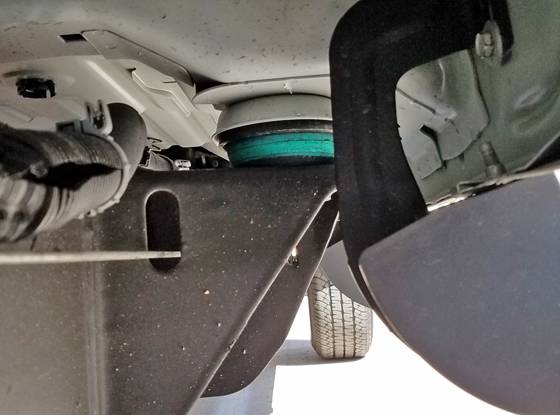
Spacer lift
Spacer lifts are also inexpensive and are generally used to lift the vehicle 1 to 2 inches. A spacer is placed between the suspension and the mounting location for the suspension. For coil springs, the spacer can be placed on top or bottom.
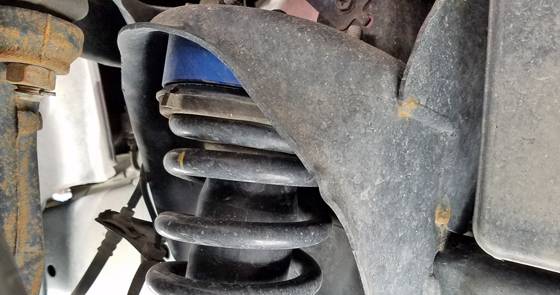
Leaf spring spacers, also referred to as blocks, are placed between the leaf spring and the axle. Air suspension lifts can benefit from a spacer to lower the amount of air needed to lift the vehicle when adjusting the ride-height sensor.
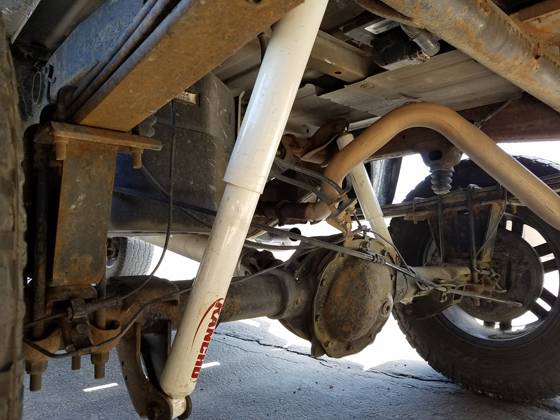
Torsion bars
Torsion bars are one of the easiest ways to lift a vehicle when lifting in small amounts. Most torsion bars have a bolt that can be used to adjust the suspension height in small increments. For larger lifts, bracing is needed to lower where the torsion bars connect to the frame of the vehicle. The torsion bars also can be replaced with stronger ones to handle extra weight from steel bumpers, larger tires and front-end implements, such as a snow plow. Replacing the torsion bars also can change the spring rate for a stiffer or smoother ride.
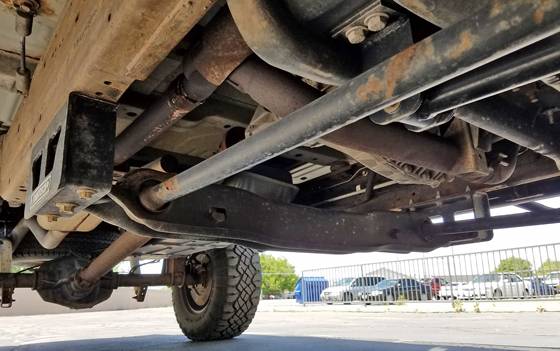
Coil springs
To lift a vehicle with coil springs without using a spacer, the spring needs to be replaced. Coil springs can be custom-made for the exact height and spring rate desired. Replacing the springs can change the ride quality and suspension travel distance.
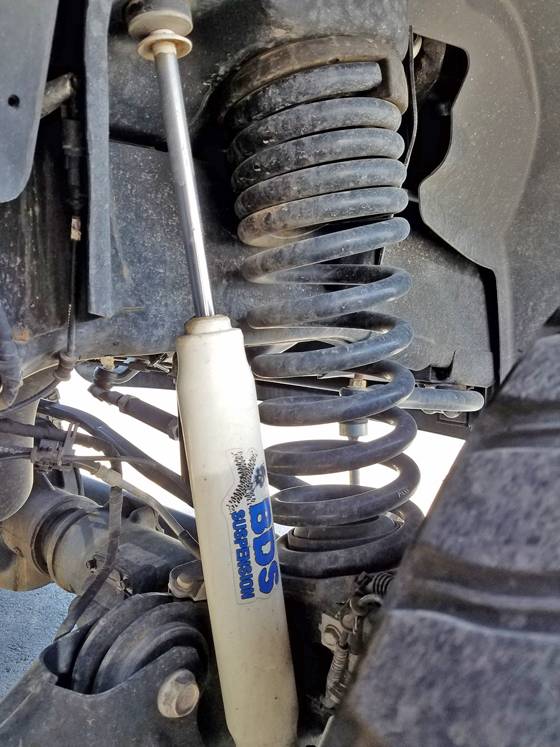
With a coil-over suspension, there are aftermarket solutions that change the spring perch location on the strut to raise or lower the spring. There are even struts with adjustable perches so that the ride height can be changed as needed. The difficulty of installation varies with coil springs, coil-overs and vehicles, but all generally take the same amount of time as adding a spring spacer.
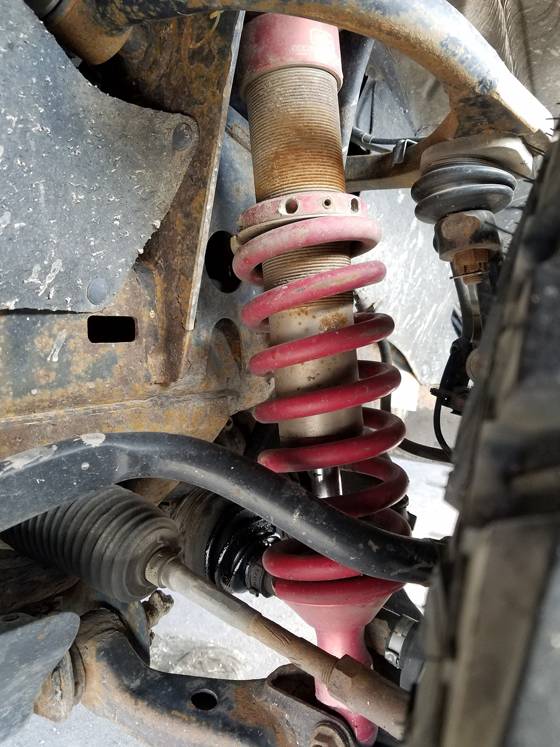
Leaf springs
Leaf springs can be entirely replaced to lift the vehicle or a single leaf can be added. Like coil springs, leaf springs can be made for a smoother ride, more articulation or less sag when carrying heavy loads. Leaf spring suspensions also can be lifted by replacing the shackle where the spring mounts with a larger one. Most leaf spring lifts are easy to install and aren’t visible to the casual observer.

Air suspension
Air suspensions are the easiest way to lift in small amounts. However, when lifting beyond 1 to 2 inches, they become difficult and may require expensive custom work. For small amounts, the ride height sensors can be moved to trick the vehicle into thinking that it is lower than it really is. To compensate for the low ride height, the vehicle adds air to raise the vehicle up to the height it thinks it should be. Without a spacer, this will increase the stiffness of the suspension and decrease the amount of down travel.
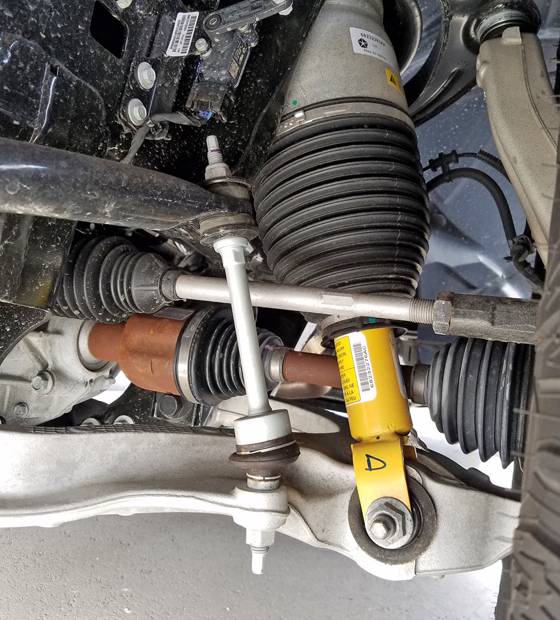
Independent
Independent suspension lifts more than 2 inches will cause the constant velocity joints and axles to be at sharper angles. This will cause more wear and tear on the boots and joints. To compensate for this, the front differential should be lowered according to the height of the lift. Lifts more than 2 inches benefit from having the upper, and in some cases the lower, control arms replaced. New control arms will allow the vehicle to be properly aligned, creating more stability and even tire wear.
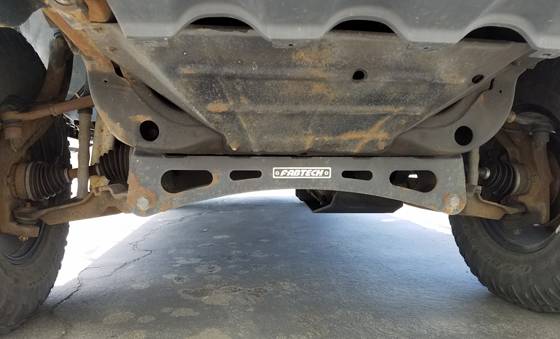
Solid axle
Solid axles may require some additional components, depending on the size of the lift. These parts include longer control arms, longer track bars and drop-limiting straps, which keep the axle from articulating so much that the coil spring falls out. With solid axles, lifts more than a couple of inches will need shims placed between the axle and the springs to correct the angle of the universal joints.
Other Things to Consider
Shocks
Longer shocks, or extended shock brackets, should be added for lifts of 2 inches or more to allow full travel of the suspension. If the shocks aren’t changed, they can easily bottom out when driving over a hole or dip.
Steering
Larger tires put extra stress on steering components and the lift can change steering geometry. This may cause the vehicle to wander, bump steer and have a loose on-center feel. To accommodate for the changes in steering, stabilizers can be added and track bars and Panhard bars can be adjusted or replaced.
Headlights
Leveling and/or lifting a vehicle can change the angle that the headlights point. Be sure to check the headlights after adding any lift or leveling kit and tires.
Brakes
Larger tires can overload the brake system because of the extra mass. There are a variety of ways to upgrade the brake system: Install high-performance or larger pads, rotors and/or calipers. Many companies make big brake kits designed specifically for lifted vehicles and vehicles that regularly haul heavy loads.
Speedometer
When adding bigger tires, the speedometer will show a lower speed than the vehicle is actually traveling. This also affects the odometer. On modern vehicles, this is fixed electronically, and on older vehicles there are gears that can be changed.
Gearing
Putting nonstock tires on a vehicle changes the effective gear ratio. Larger tires will make the gearing taller, thus reducing the rpm at a given speed. Smaller tires will increase rpm at a given speed. Larger tires decrease low-end torque, which hurts acceleration. Smaller tires will increase low-end torque, improving acceleration. New gearing can be put into the axles to get the desired ratio for a given tire size and specific vehicle.
Final Thoughts
Before starting a lift project, decide what lift height you want for your pickup. Next, select the type of lift that best suits your truck. Different lift types can be combined to reach an overall goal. That may mean that a single vehicle has a body lift, spring spacers or blocks and longer springs. These same ideas apply to lowering a vehicle as well, but by using smaller tires, and shorter shocks and springs.
Spacer lifts and small lifts of 1 to 2 inches are inexpensive when compared to higher lifts that will require the replacement of more suspension and steering components. Lifts that cost thousands of dollars will often contain components that correct steering and alignment issues, provide for more wheel travel, have larger diameter shocks to reduce overheating and have adjustable suspension components to adjust the damping and/or height as desired.
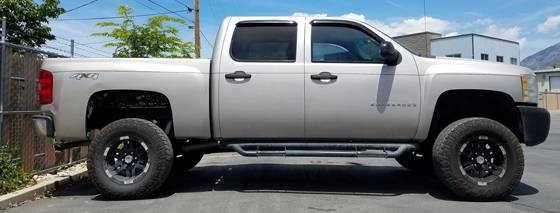
Cars.com’s Editorial department is your source for automotive news and reviews. In line with Cars.com’s long-standing ethics policy, editors and reviewers don’t accept gifts or free trips from automakers. The Editorial department is independent of Cars.com’s advertising, sales and sponsored content departments.
Featured stories




